Sociology is just like every other science in that it uses the scientific method. It requires you use this method in order to discover new things about society. Here’s the scientific method and how it works in sociology.
Research Starts with a Question
If you are not sure what question you are trying to answer, you will have a confusing and useless scientific study. The key to coming up with good questions is defining the concepts you are studying. Both you and your audience should have a clear understanding of the definitions of the concepts you will be using. For example, if you define “poverty” differently than someone in your audience, they may interpret your data differently. Understand what the words you’re using mean is crucial.
Form a Hypothesis
A hypothesis is simply a statement of a possible relationship between two variables. There are two different kinds of variables: independent and dependent.
Independent variables are the ones that change in order to gather data. Dependent variables differ depending on the independent variable. So, you must have both in order to gather proper data. A variable is just something that can take on many different values.
Before you can assign a value to a variable, you have to operationalize it. This means you have to define the exact variable you are going to measure, and how you are going to measure it. What value a measurement takes on is referred to as its “measurement.” In order for your measurement to be valid, it has to actually measure something that directly reflects the concept you are trying to study. Once you know how you want to measure your variables, your hypothesis will be an educated guess about how they are related. They are often written as “if… then” statements.
Collect Data
There are four main ways in which sociologists collect data: experiments, surveys, participant observation, and existing resources.
Experiments in sociology work in the same way they do in natural sciences, except humans are the subjects instead of things like bacteria in a petri dish.
The second method, a survey, is when data is collected by asking people prepared questions. Typically scientists are interested in the answers from a specific group of people, known as the population of interest. This can be groups like women between ages 18-35, left-handed people, veterans, or parents of two children. Whoever your research question is about is your population. It is unlikely that you will be able to survey the entire population, so you survey a sample – smaller group that is representative of the population.
Participant observation is when researchers observe people by joining them in their daily routines. The result of this type of research is called an “ethnography.” This type of data collection tends to be exploratory and descriptive. You’re not trying to prove a specific hypothesis, instead, you are trying to understand the lifestyles of your subjects.
Many sociologists use existing data in order to research certain demographics. One of the most common sources of this data is government agencies that collect statistics on income, health, education, employment, marriage, fertility, etc. These data set are much larger and cover more years that a researcher could collect on their own. This also saves time and money for the researcher.
Analyze the Data
This is the final step in which you turn data into information that supports or disproves your hypothesis. There are two types of analysis: inductive logical thought and deductive logical thought.
Inductive logical thought is taking your observations and using them to build theories. Start with data and then use them to form ideas about how the world works.
Deductive logical thought uses existing theory to inform the hypothesis you test. Start with a theory and then collect data that allows you to test that theory.
Now that you know how sociologists conduct experiments, go start researching. Take your own steps to understand how society works. Start with a question, form your hypothesis, collect data, and analyze your findings.

